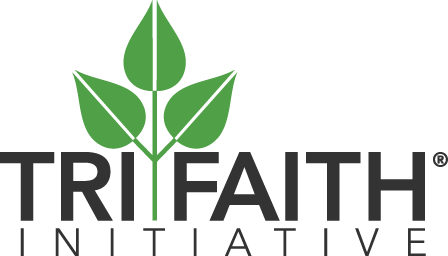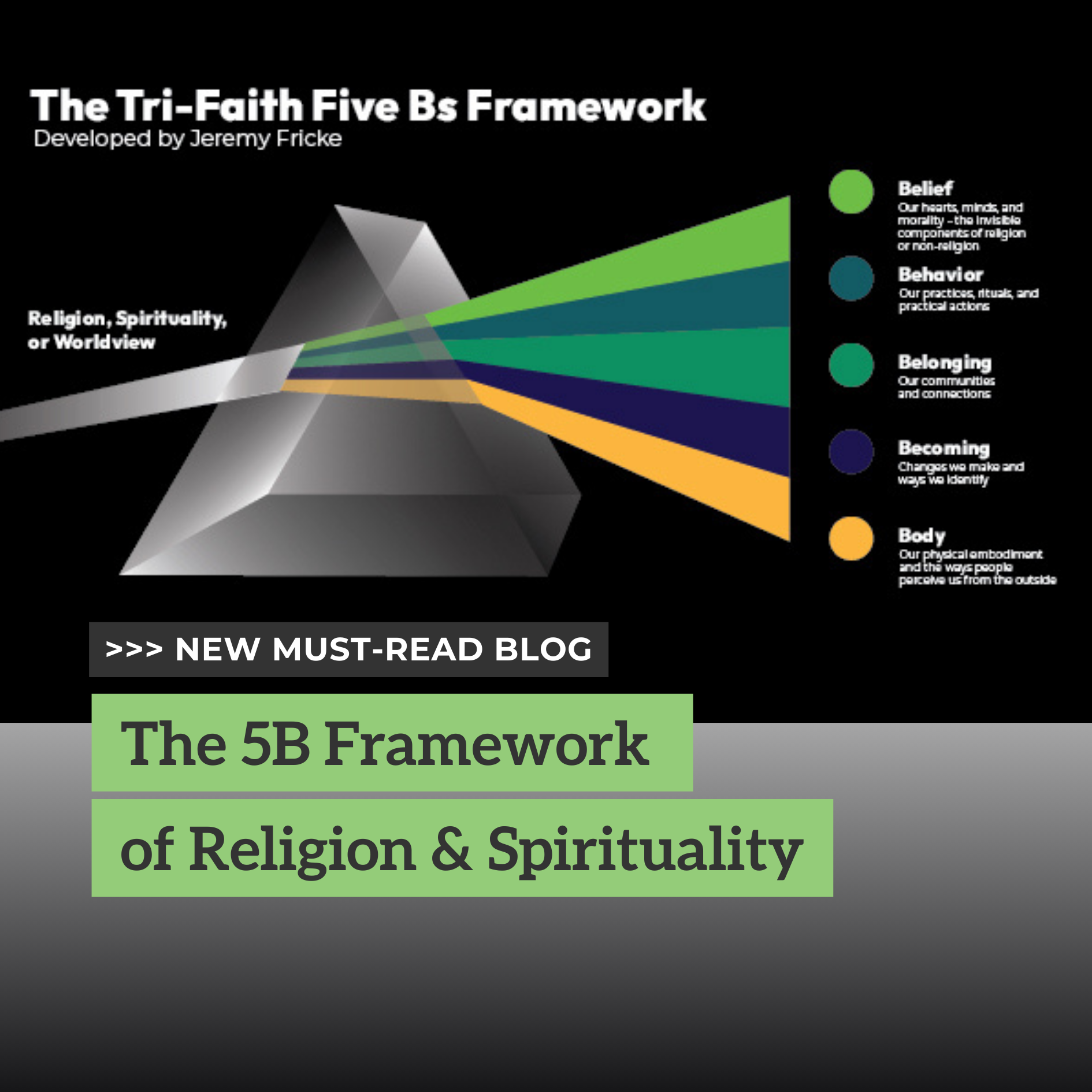The Beauty of the Ofrenda, the Wisdom of the Kaddish
- Guest Post by Anjelica N. Ruiz
- Published on
When I came out of the mikvah over seven years ago, I joked to someone that I was now a “super-minority,” Hispanic-Filipino Jewish woman. As naïve as it seems, at the time I didn’t think about how I would juggle my ethnic identity with my new religion; I simply thought everything would fall into place. That was very much not the case and to this day, one of the things I continuously struggle with is how to honor my ethnic identity and background with the religion that I chose and love.
I began teaching religious school about a year after my conversion and was assigned to fourth grade. I wasn’t a natural teacher, having been an only child who never babysat, so my first year was rocky. It wasn’t until my second year that I realized that I could write my own lessons, which is when I decided to teach my class about Dia de los Muertos, Day of the Dead. Well, that was part of the reason; the other part was that I just really disliked the lesson I had been given.
Dia de los Muertos is a Mexican holiday associated with Catholic celebrations of All Saints’ Day and All Souls’ Day. I didn’t grow up Catholic, but I’ve been interested in the holiday since reading about it as a child. It has everything that a little kid could ask for: good food, bright colors, and what’s essentially a big party. It’s a way to remember and honor those who have passed by celebrating their life. We remember our loved ones with joy, not with sadness
It didn’t take me long to connect the holiday with the Kaddish prayer in Judaism. When I first read the Kaddish prayer in my conversion class, I was struck by the fact that death is not mentioned once. When you look more closely, the prayer says that even though we suffer losses throughout our lives, we still praise God. It was a concept that I had never thought about. When my grandma died, I was ten and being told that she was in a “better place” was not comforting. It only emphasized that she was gone forever, and I couldn’t visit her grave without crying. It wasn’t until the 14th anniversary of her death, when I recited the Kaddish, that I was able to remember her without tears.
In teaching Dia de los Muertos, I wanted to teach the class about other cultures and their customs and to sneak in some Jewish learning. When I told the class that we would be talking about Dia de los Muertos, I could tell that some of the students were confused and one even asked why we were learning about something that wasn’t Jewish. I just smiled and played a short clip about the holiday. Afterwards, I asked them what they noticed about the video, which was brightly colored and used distinctly upbeat Mexican music. From there, we read the Kaddish prayer, where they made the same observation that death is not mentioned. I explained that when people we love die, it’s okay to be sad, but it’s also important to remember their life. Judaism gives us a proscribed method of mourning, one that allows us to grieve while also gently pushing us back into our own lives.
Teaching about Dia de los Muertos has become one of my favorite lessons. It’s an unexpected topic in religious school, so it automatically gets their attention, and they learn more about Judaism’s view on death and mourning in a way that makes sense to them. The lesson has also become a way for me to indirectly show the class that our Jewish community is multiracial and diverse, that just because the person next you may have darker skin or different traditions, that doesn’t make them any less of a Jew.
Being able to teach about Dia de los Muertos helps me to honor my ethnic heritage and background in a way that intertwines with my Judaism. I didn’t become a brand-new person when I came out of the mikvah, but I didn’t come out as the same person either. I am fully embracing my super-minority status and I like to think that my grandma would be proud.
About Anjelica N. Ruiz
Anjelica N. Ruiz is the Director of Libraries and Archives at Temple Emanu-El, where she also teaches Judaica to fourth graders on Sunday mornings. She previously worked at the Jewish Federation of Greater Dallas in the Center for Jewish Education and the donor services department. She holds a M.S. in library science from the University of North Texas; a M.S. in criminal justice from Texas State University; and a B.A. in criminology from St. Edward’s University.
Anjelica is an alum of the Union for Reform Judaism’s JewV’Nation Fellowship in the 2018 Jews of Color cohort and recently completed Bend The Arc’s Selah Fellowship as part of Cohort 16. She is an alum of the Anti-Defamation League’s Glass Leadership Institute and currently sits on the ADL’s Texoma Regional Board.
Spread the Word

